How much CFM do I need?
eleena
12 years ago
Related Stories

KITCHEN DESIGNWhat to Know When Choosing a Range Hood
Find out the types of kitchen range hoods available and the options for customized units
Full Story
KITCHEN DESIGNHow to Find the Right Range for Your Kitchen
Range style is mostly a matter of personal taste. This full course of possibilities can help you find the right appliance to match yours
Full Story
5 Stunning Modern Range Hoods
Today's kitchen range hoods can look like sleek sculptures. Here's what to look for when you go shopping for one
Full Story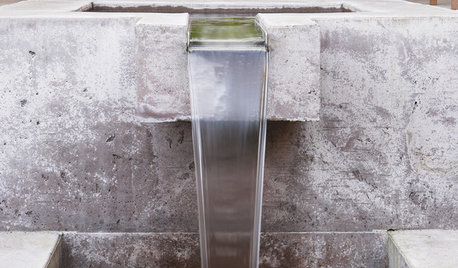
GARDENING AND LANDSCAPINGLandscape Trends: Spout and Trough Fountains
The Rural Landscape Provides a Modern Form for the Garden
Full Story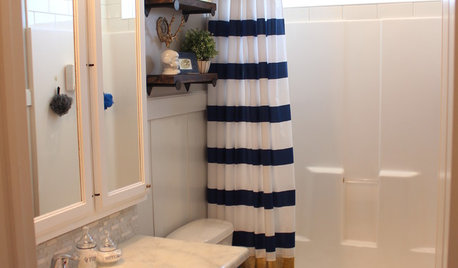
MOST POPULARShe’s Baaack! See a Savvy DIYer’s Dramatic $400 Bathroom Makeover
You’ve already seen her dramatic laundry room makeover. Now check out super budget remodeler Ronda Batchelor’s stunning bathroom update
Full Story
SPRING GARDENINGTop 10 Scented Plants for Your Garden
A palette of perfumed plants can transform even the smallest of gardens into a sensory delight
Full Story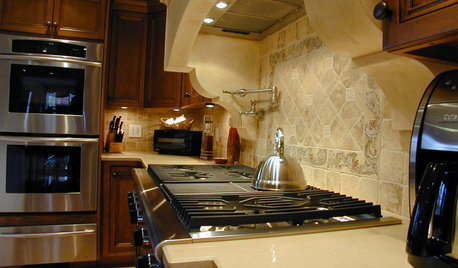
KITCHEN DESIGN8 Kitchen Design Tips for Foodies
If you own at least one pricey knife and have a slew of kitchen tools, you’ll want to read this
Full Story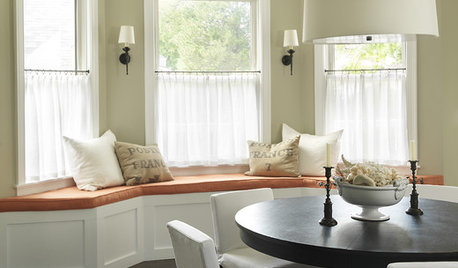
LIGHTINGGuest Picks: Marching to a Different Drum Shade
Follow a designer as she hunts down the perfect light for her client
Full Story
HOUZZ TOURSMy Houzz: Reviving a 1902 Row House in Toronto
Bold artwork, a neutral palette and soft furnishings make for a home that's inspiring and relaxing all at once
Full Story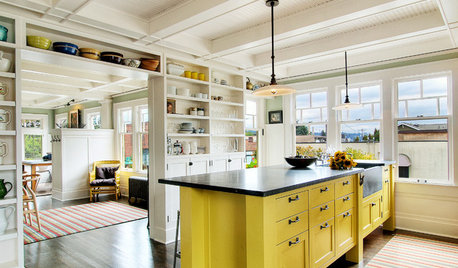
KITCHEN DESIGNHow to Lose Some of Your Upper Kitchen Cabinets
Lovely views, display-worthy objects and dramatic backsplashes are just some of the reasons to consider getting out the sledgehammer
Full Story







SparklingWater
eleenaOriginal Author
Related Professionals
Bethpage Kitchen & Bathroom Designers · Leicester Kitchen & Bathroom Designers · Minnetonka Mills Kitchen & Bathroom Remodelers · 93927 Kitchen & Bathroom Remodelers · Boca Raton Kitchen & Bathroom Remodelers · Broadlands Kitchen & Bathroom Remodelers · Channahon Kitchen & Bathroom Remodelers · Charlottesville Kitchen & Bathroom Remodelers · Franconia Kitchen & Bathroom Remodelers · Luling Kitchen & Bathroom Remodelers · Newberg Kitchen & Bathroom Remodelers · Oceanside Kitchen & Bathroom Remodelers · Mount Holly Cabinets & Cabinetry · Saint James Cabinets & Cabinetry · Franklin Plumberskaseki
docsknotinn
brickeyee
SparklingWater